America’s economy is finally beginning to feel like it is picking up pace. According to figures published today by the Bureau of Labor Statistics, total employment in America increased by 248,000 in September, driven by big jumps in professional services, retail and healthcare. The unemployment rate dropped below 6% for the first time since 2008. Jobs growth figures for August and July were also revised up by 69,000, suggesting the economy was not as weak in those months as previously thought.
The figures will reassure economists who had been wondering whether the economy was really bouncing back. Deutsche Bank have already raised their forecast of annualized GDP growth in the third quarter from 3.7% to 4.2%. Yet there were also less positive signs. The labor force participation rate fell slightly, and is now as low as it has ever been at any time since 1978. That suggests that population growth is barely keeping pace with retiring baby boomers and growth is not yet drawing in large numbers of people who dropped out of work during the recession. Even more depressingly for workers—and for the Democrats, who would like an economic bounce to help their mid-term election chances—wages remain stagnant too.
Some workers are at least getting longer hours. In manufacturing, the average workweek lengthened slightly, and is now as high as it has been in 60 years. Helped along by cheap shale gas, America’s manufacturing decline seems to have been arrested and indeed partly reversed. Rising demand for labor should begin increasing wages soon, as unemployment reaches a level where employers have to start paying more to find workers.
Since the report was published, the dollar has surged to a 4-year high as investors have interpreted the data to mean that the Federal Reserve will soon begin to tighten monetary policy. Stock markets have also jumped sharply. The contrast with the eurozone, where PMI survey data published today suggested an even deeper slowdown, could not be sharper. That will not be lost on Mario Draghi, the president of the European Central Bank, who long after European economies started spluttering again, is still struggling to make the case for more monetary stimulus.
